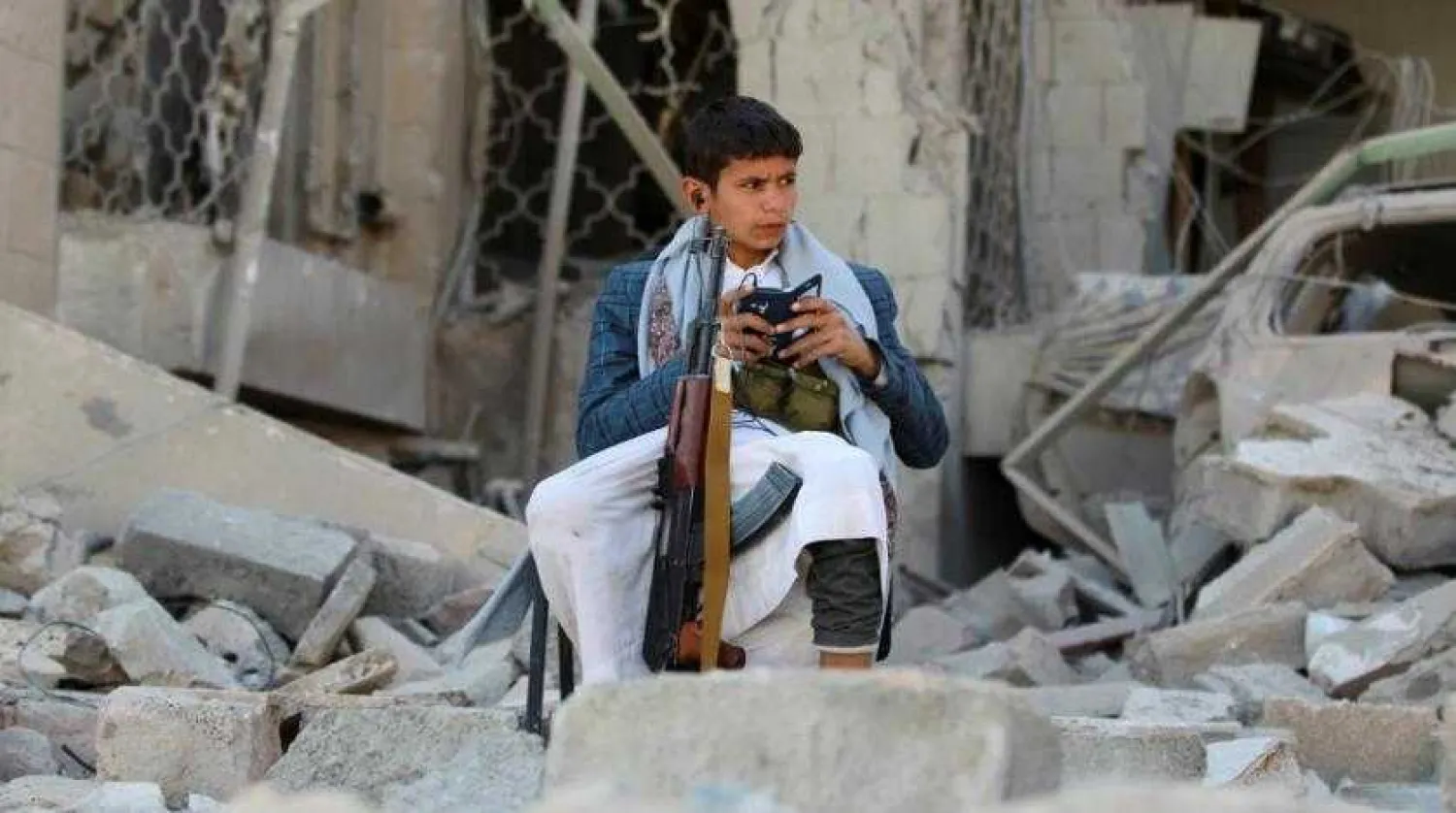US forces in Syria’s northeastern Hasakah province intercepted several Iranian missiles aimed at their military bases over the weekend, local sources said, amid heightened tensions and fears of retaliatory attacks by Iran-backed militias.
Air raid sirens wailed and warplanes roared overhead late Saturday as US and coalition troops responded to what appeared to be a coordinated strike by Iranian-linked groups. The missiles were reportedly launched from across the Iraqi border, where Tehran-backed militias operate with influence.
According to local monitoring groups, media activists, and eyewitnesses, US and coalition forces successfully intercepted an Iranian missile targeting the Kharab al-Jir base near the town of Rmelan. The missile fell in the surrounding area without causing any casualties.
In a separate incident, three Iranian missiles were shot down near the al-Shaddadi base in southern Hasakah, prompting a state of high alert. Another missile was intercepted near the Marsho roundabout in central Hasakah before it could reach the coalition base in the Ghuweiran district.
A military official from the US-backed Syrian Democratic Forces (SDF) said the targeted bases had activated air defense systems and radar networks ahead of the missile attacks, anticipating possible strikes.
He confirmed that air raid sirens were triggered and US warplanes carried out intensified flights over the bases and adjacent border areas.
Local residents reported seeing flares lighting up the sky late Friday near the Kharab al-Jir base in Rmelan countryside -- a site that has repeatedly come under rocket and drone attacks in recent months. Witnesses said the base’s air defenses intercepted an Iranian drone as it flew overhead, preventing it from reaching its target.
Washington has long accused Iran-backed militias operating from Iraqi territory - just 15 kilometers away - of launching such attacks.
The same SDF official, speaking to Asharq Al-Awsat on condition of anonymity, said the missiles that landed near coalition bases in Kharab al-Jir, Rmelan, and al-Shaddadi were clearly intended to strike US forces stationed in northeast Syria.
“The flight path of the Iranian attacks on Israel is far from the areas targeted over the past two days,” they noted, suggesting the strikes were part of a broader campaign to pressure US positions in the region.
On June 12, an Iraqi militia known as Kataib Sayyid al-Shuhada threatened to deploy dozens of suicide attackers against US interests if the conflict with Iran escalated.
A local monitoring platform on Facebook published images and videos documenting the Iranian missile strikes on Syrian territory. At least one missile reportedly landed near the town of al-Hol, about 45 kilometers east of Hasakah.
Another Iranian missile struck the village of Shalala, located between al-Hol and al-Shaddadi towns, near a base housing international coalition forces, local sources reported.
There were no immediate reports of casualties or material damage. Social media platforms tracking the strikes urged residents to avoid approaching missile debris, warning: “Please stay away from fragments and remains of the missiles intercepted by coalition forces.”
Following Israel’s recent strikes on Iranian targets, US forces in Hasakah province implemented a series of precautionary measures, a military source told Asharq Al-Awsat.
These included activating radar and air defense systems and relocating advanced equipment - including radar and air defense units - from Iraq into Syria earlier this month.
The source said the US also increased troop movements between its four main bases in the area in anticipation of a possible regional escalation.
Residents reported near-daily US fighter jet patrols over the city of al-Malikiyah and surrounding areas, extending to the Semalka crossing that connects northeast Syria with the Faysh Khabur border point in Iraq’s Kurdistan Region.
Warplanes were also seen flying over the main road between Qamishli and Tal Tamr, where the coalition maintains a base in the village of Qasrak.
These military maneuvers come shortly after Washington announced a partial drawdown of its forces in eastern Syria, including the closure of several positions in Deir Ezzor province. Among the largest bases to be shut were the al-Omar oil field and the Conoco gas facility.







